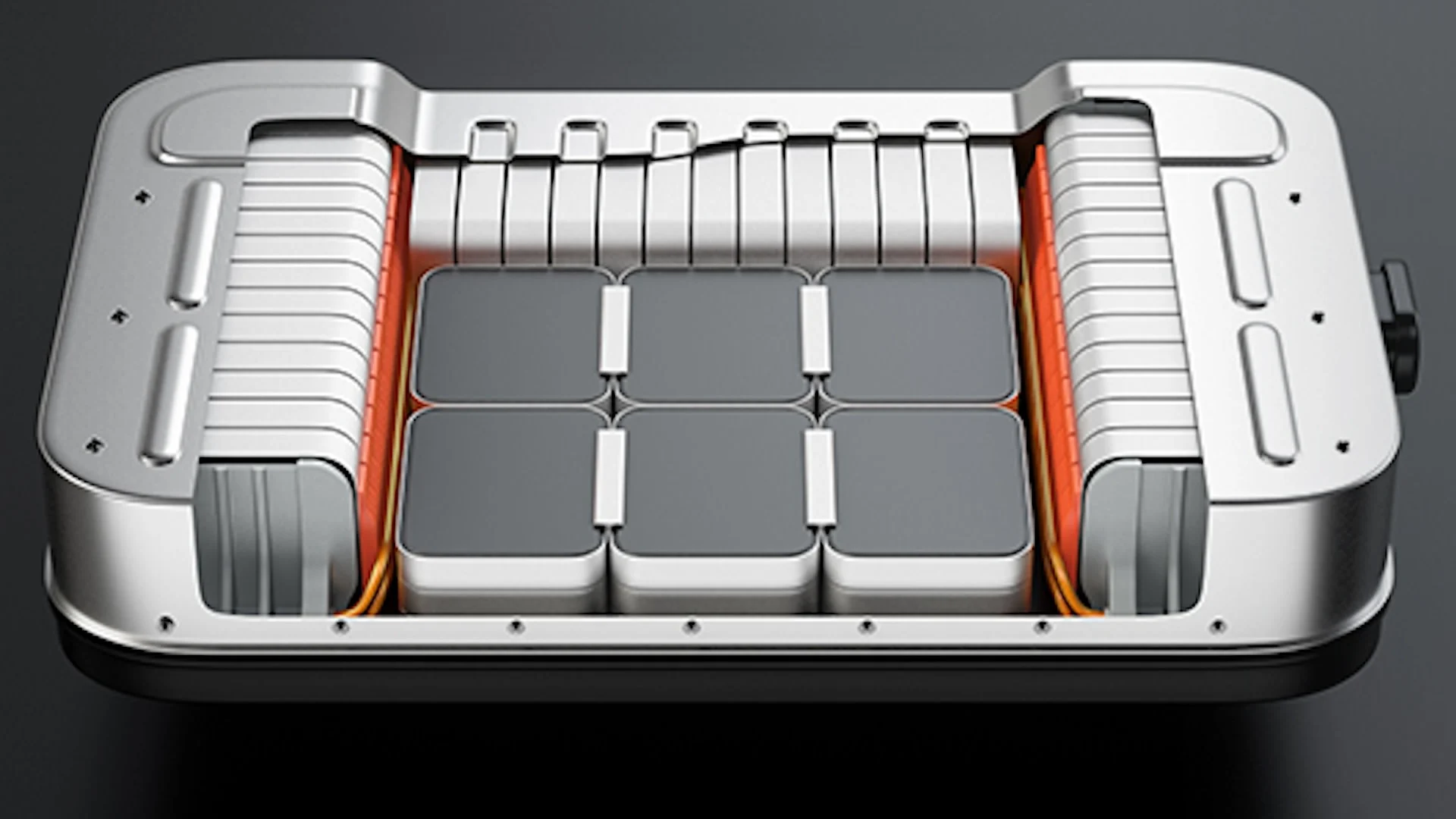Batteries to power electric vehicles, smartphones, and other machines are evolving, and another development in the industry promises to improve the performance of the cells and make them lighter.
A team of researchers from South Korea created a lightweight structure to improve the energy density of lithium-ion batteries, enabling them to remain stable after more than 200 charge-discharge cycles, Tech Xplore reported. Their results were published in the journal Advanced Science in April.
The polymeric structure is a hybrid porous material made of polyvinyl alcohol, single-walled carbon nanotubes, and nanocarbon spheres. The alcohol enables lithium ions to travel through the anode and deposit uniformly. It is five times lighter than the copper that is normally used, all per Tech Xplore.
“This research opens up new possibilities for maximizing the energy density of lithium metal batteries,” said Pohang University of Science and Technology chemistry professor Soojin Park, who worked with doctoral candidate Dong-Yeob Han.
A research and development center called the “POSCO N.EX.T Hub” — which implements research on secondary battery materials, low-carbon hydrogen energy, and artificial intelligence — was also involved with the project, as was Gyujin Song of the Korea Institute of Energy Research.
“This structure, which combines lightweight properties with high energy density, represents a breakthrough in future battery technology,” Song said.
Lithium anodes are far superior to the graphite anodes in commercial batteries, storing more than 10 times as much energy, according to Tech Xplore. They “can directly participate in electrochemical reactions as electrodes” as well.
However, these batteries produce “dead Li,” or dead lithium, by unevenly distributing the lithium ions during the charge-discharge cycle. If the dead Li reaches the cathode on the other side of the battery, it can cause a short circuit.
Tech Xplore noted that scientists who have tried to optimize lithium transport have used heavy metals, which creates a heavier battery. The experiments produced a maximum energy density of 344 watt-hours per kilogram; other batteries are in the 200-300 Wh/kg range.
Other recent battery milestones include an Israeli company’s doubling cycling capabilities in just the last two years, a Netherlands lab’s lithium-ion charge time and storage capacity improvements, and a unit that blows lithium-ion packs out of the water with its energy density and top-flight safety.

